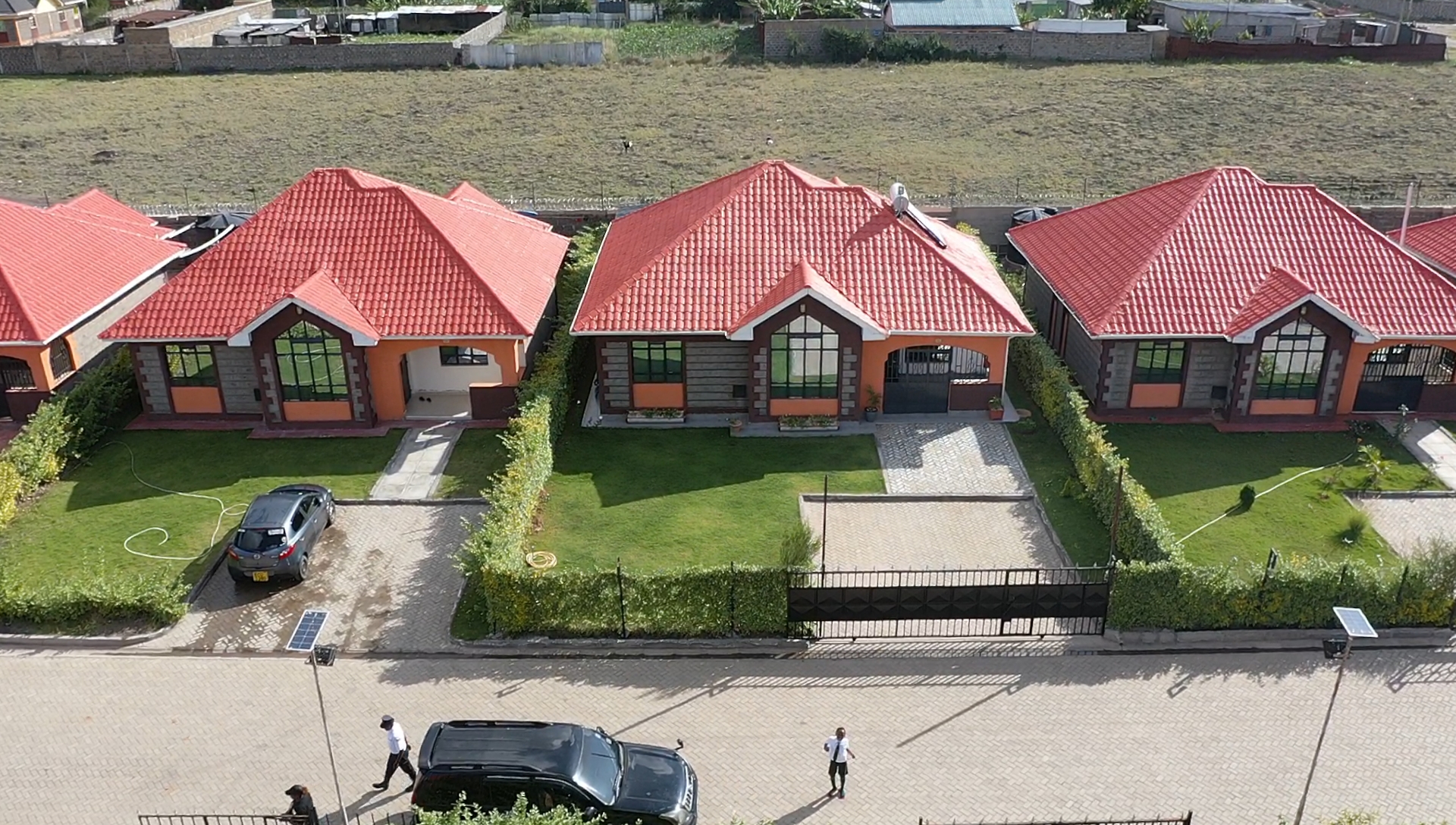Over the past decade, infrastructure projects in Kenya—including major expressways and bypasses—have become key catalysts in the transformation of the real estate landscape. These developments are not only reducing travel times but also fueling a significant shift in property values across both urban and peri-urban areas. This article explores how strategic road networks such as the Nairobi Expressway, Southern Bypass, and the Eastern Bypass are driving up land and housing prices, creating new investment hotspots in Kenya’s real estate market.
Key Infrastructure Projects Driving Change
The Nairobi Expressway, completed in 2022, stretches from Mlolongo to Westlands and has significantly reduced commute times across the city. This has made previously overlooked areas like Syokimau, Mlolongo, and the surroundings of JKIA more attractive to both investors and homebuyers. Property values in Syokimau and Mlolongo rose by over 30% between 2022 and 2024, and there has been a noticeable uptick in the construction of gated communities and commercial spaces.
The Southern Bypass, connecting Gitaru to Mombasa Road, has opened up suburbs such as Kikuyu, Dagoretti, and Karen. These areas now enjoy easier access to Nairobi’s central business district and reduced congestion on inner-city roads. Consequently, Kikuyu and Thogoto have seen increased real estate development, especially in the affordable housing sector targeting city workers.
The Eastern and Northern Bypasses have linked Nairobi’s outskirts—such as Ruiru, Kamakis, and Ruai—to major commercial zones and highways. These road networks have facilitated smoother transportation, encouraging both residential and commercial property developments. Land prices along Kamakis, Ruiru, and Joska have doubled or even tripled in less than five years, showcasing the transformative power of infrastructure.
How These Projects Reshape Property Values
Improved accessibility has led to a sharp rise in land prices in previously remote areas. For instance, land in Kamakis along the Eastern Bypass that sold for around KSh 1.5 million per eighth in 2018 now goes for between KSh 3 million and KSh 5 million. This type of appreciation highlights the tangible impact infrastructure has on real estate values.
Another notable effect is the emergence of satellite towns. Places like Kitengela, Athi River, and Juja have rapidly grown into vibrant mini-cities, thanks to enhanced road connectivity. These towns are attracting developers who are keen to provide affordable and mid-level housing solutions for Nairobi residents seeking more space and tranquility outside the city.
Infrastructure also brings commercial opportunities. Expressways and bypasses naturally attract shopping malls, petrol stations, schools, hospitals, and other amenities. This ripple effect leads to a spike in both residential and commercial property demand, which in turn boosts land values.
Additionally, these projects spur speculative buying. Investors are now purchasing land in areas where roads are either proposed or under construction, anticipating future value increases. This practice often results in rapid appreciation and profitable land flipping, especially for early entrants.
Case Study: Nairobi Expressway Corridor
The Nairobi Expressway serves as a prime example of how road infrastructure can alter real estate trends. The expressway affects areas like Mlolongo, Syokimau, South B, South C, Nairobi West, and Westlands. These zones have seen a proliferation of gated apartments, mixed-use developments, and commercial offices. In just two years, land in some of these areas has appreciated by up to 40%, a remarkable shift driven almost entirely by enhanced accessibility and infrastructure.
Risks and Considerations for Investors
Despite the clear advantages, infrastructure-driven real estate also carries some risks. Zoning regulations may limit what can be done with a given piece of land, which could affect the profitability of a project. Infrastructure timelines can also be unpredictable—some roads take years to complete, which may delay anticipated returns on investment.
Speculative bubbles are another concern. When prices rise rapidly in areas merely because of proposed infrastructure—without tangible development—there’s a risk that land could be overvalued. Investors should be cautious not to base decisions solely on future promises.
Tips for Property Investors
To make informed decisions, investors should research proposed infrastructure projects from government agencies such as KeNHA and KURA. Investing early—before roads are completed—can offer better returns, provided the project is confirmed. It is also advisable to look beyond Nairobi to towns like Naivasha, Nanyuki, and Nakuru, where new road links are opening up opportunities.
Working with verified developers and legal professionals can help investors avoid common pitfalls such as land fraud or purchasing unviable plots. Diversification is also key—spreading investments across different regions reduces risk while increasing exposure to potential growth areas.
As the country continues to modernize and expand its road network, infrastructure projects in Kenya are proving to be more than just transport solutions—they are powerful economic stimulants that directly influence where people live, work, and invest. From opening up new residential hubs to skyrocketing land prices in previously overlooked areas, these projects are reshaping the real estate narrative across the nation. For property investors and developers, staying ahead of the curve means paying close attention to where the next road or bypass is being built—because in Kenya today, infrastructure is destiny.




